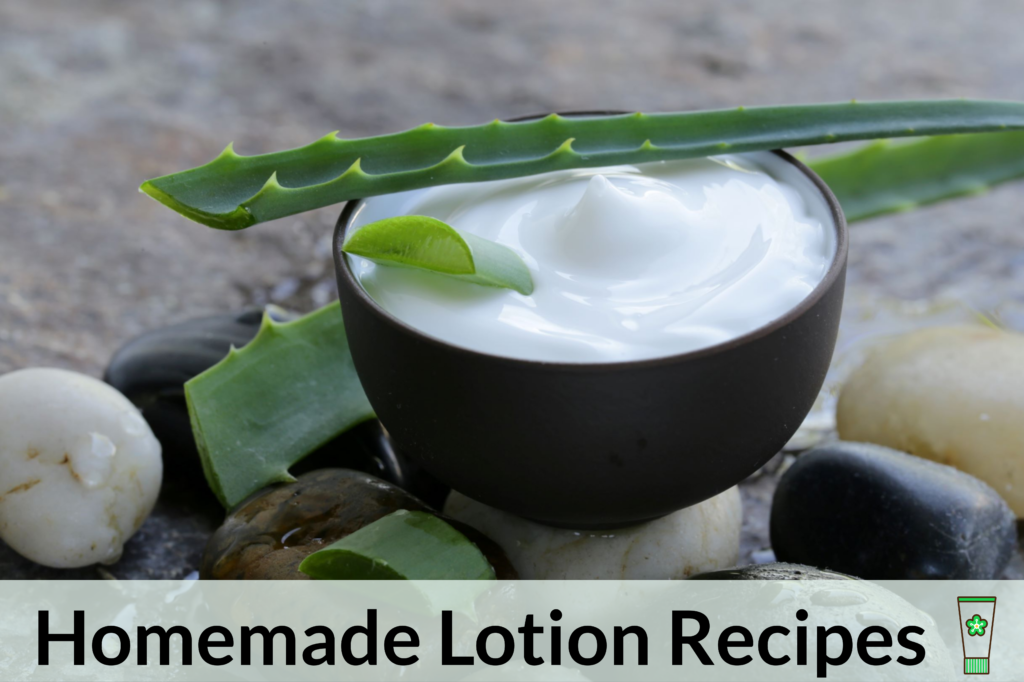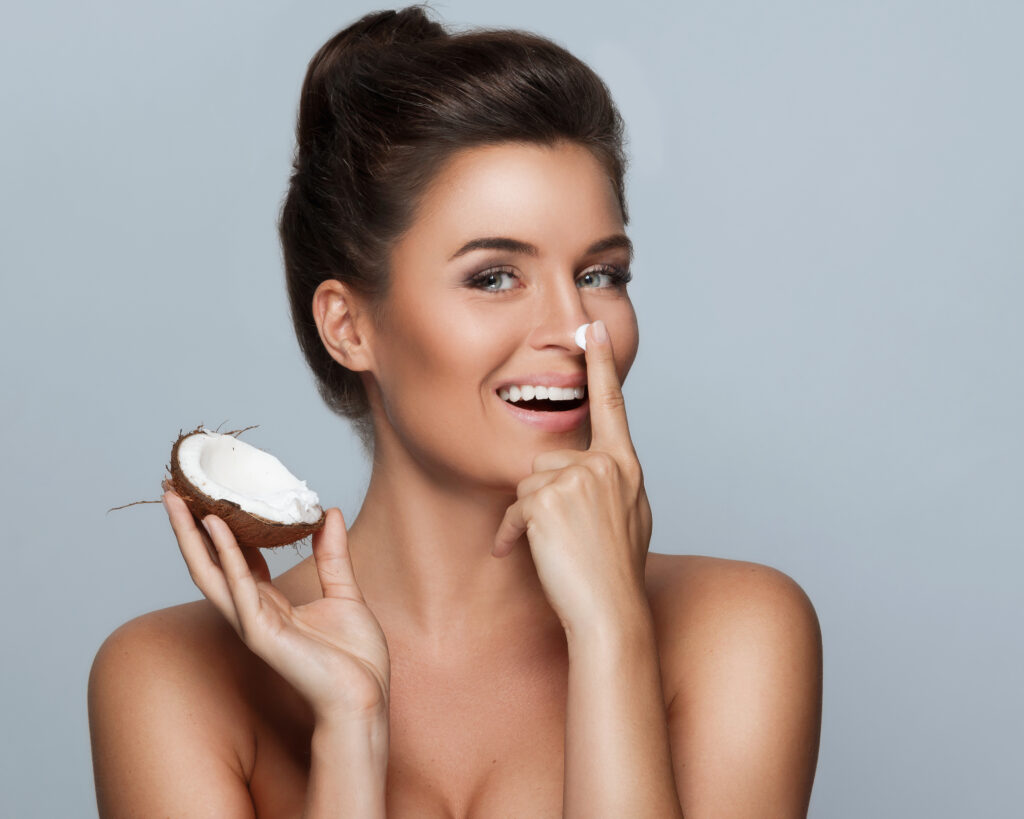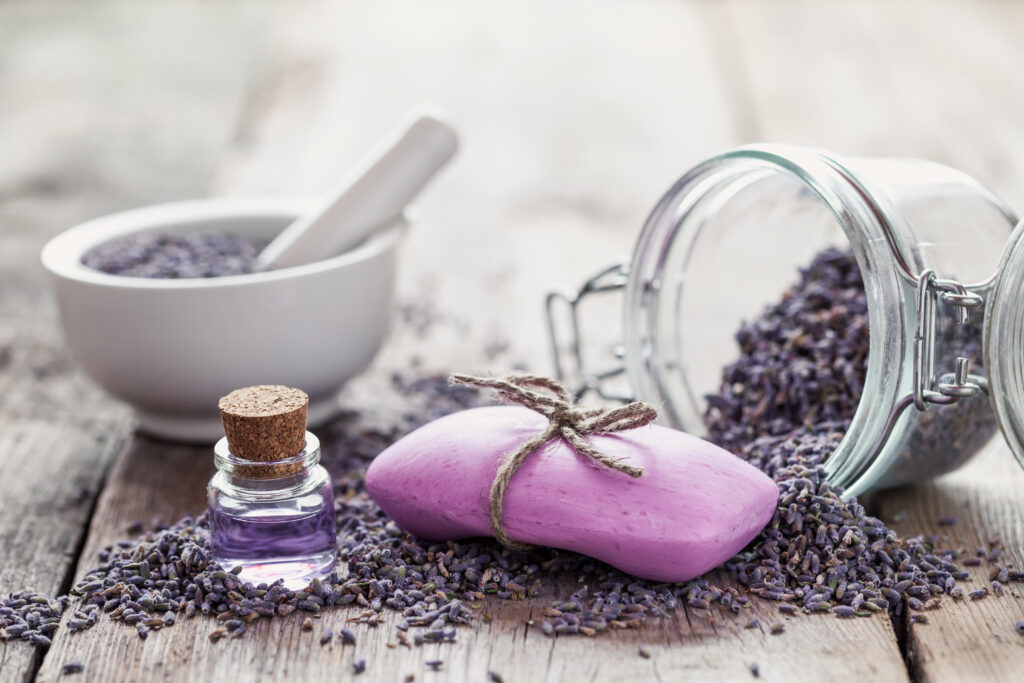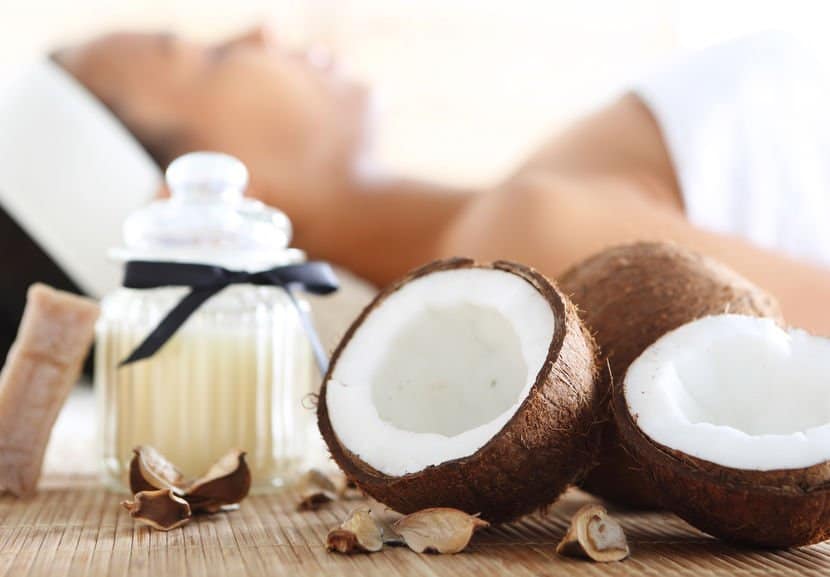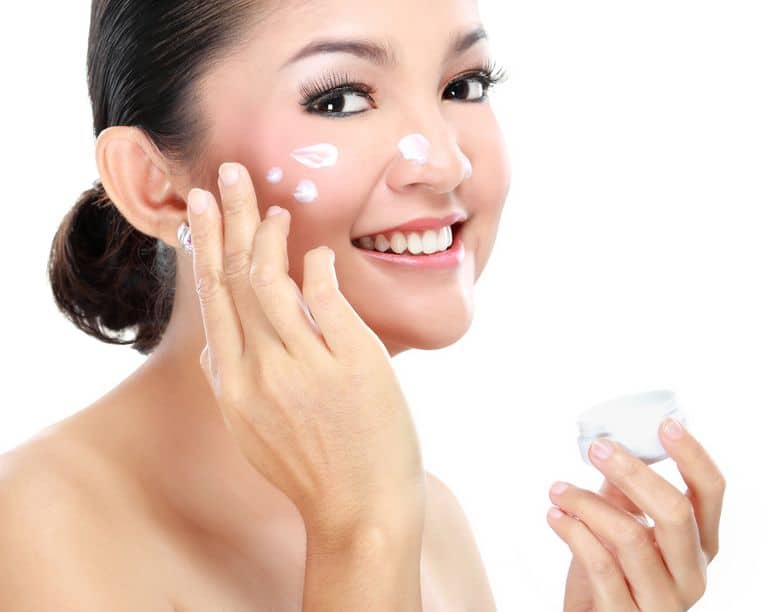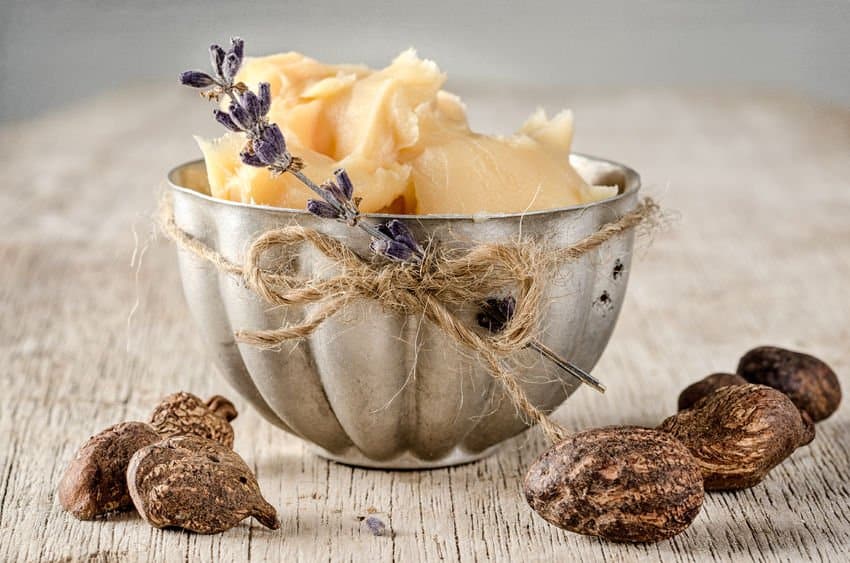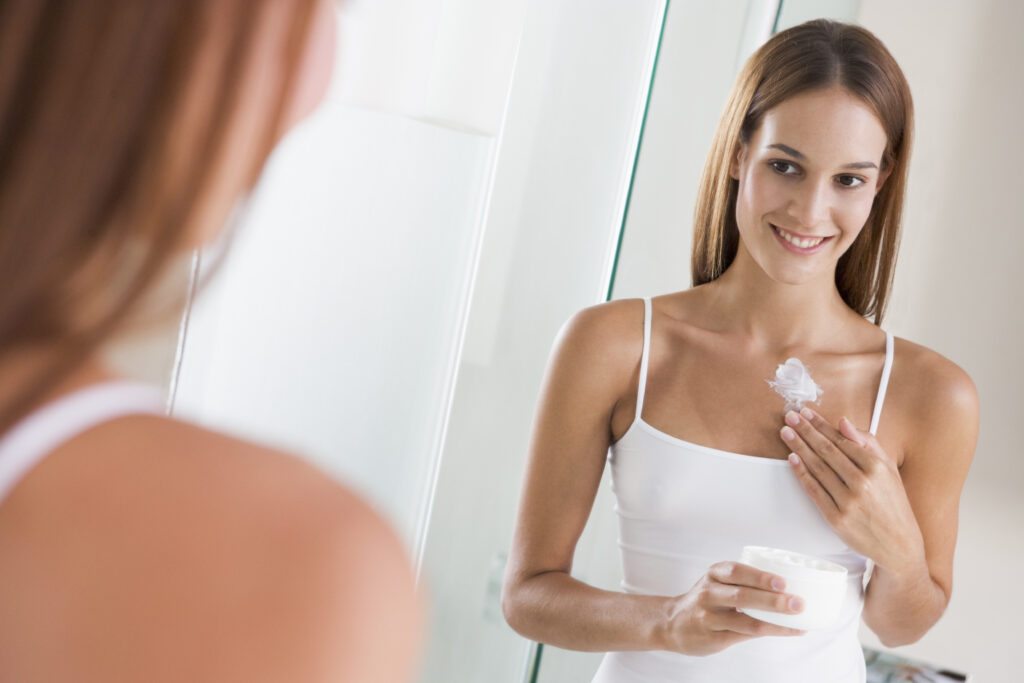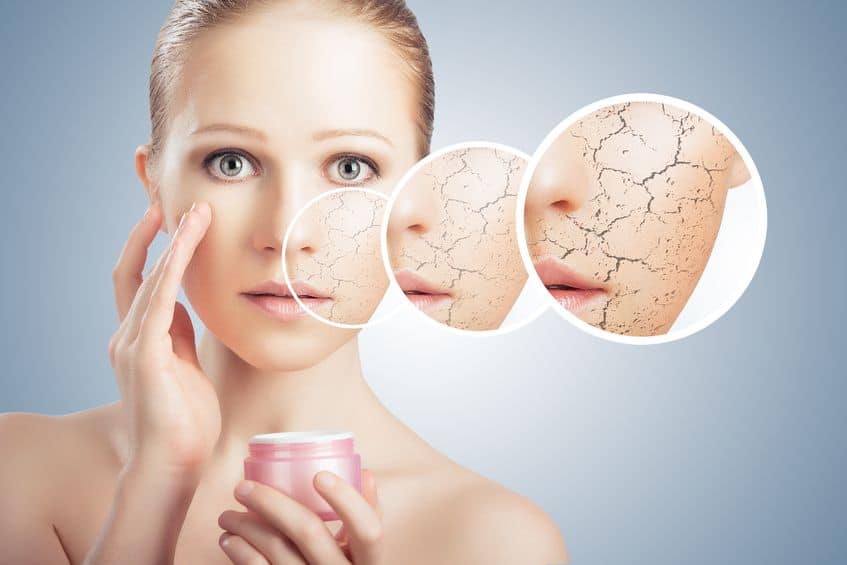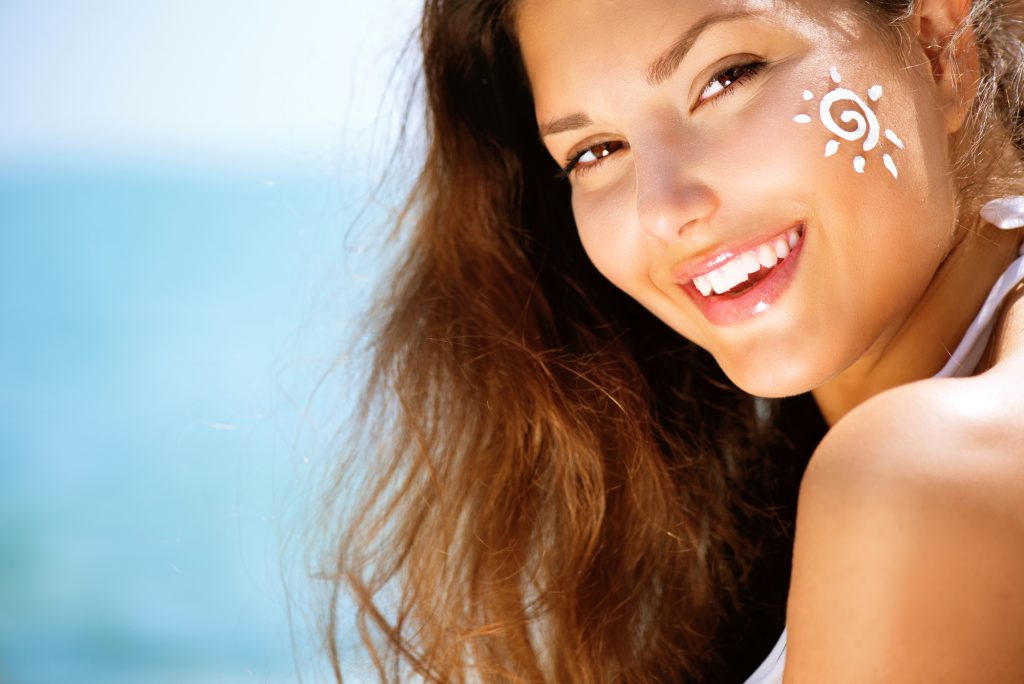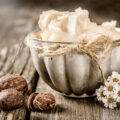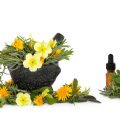Way before Nivea turned into a household name, people across the world were using everything from animal blood to reptile poop and even tar residue in a bid to keep dryness away from their skin.
But the human civilization could always rely on the ancient Egyptians to show the way in matters of beauty and skincare. And boy did they come through on this one!
The proud owner of the very first bottle of body lotion was none other than Hatshepsut, the eczema ridden Queen of Egypt. And since then, there has been no looking back for this skin-saving liquid!
Well folks, after that lesson in history of body lotions, you may have already guessed the topic of the day!
Yes, my dear Oleo-Nation, this is Olivia’s Ultimate Guide on Body Lotions. As always, before I give you the recipes, we will talk about when you should use body lotions and why making a batch at home is the best thing you can do for your skin.
Without further ado, let’s jump to the first question of the day.
Is Your Skincare Product Right For You?
Let’s be honest, a lot of people pick dermal care products based on the popularity of the celebrities endorsing them or the aesthetic appeal of the packaging. Few, actually bother to understand their skin types or go through the ingredients list or even have a clear idea about what the product actually does.
To add to the problem, when it comes to skincare products, there are a baffling number of terms out there. You get creams, ointments, lotions, gels, butters, oils and more.
I know that by now at least some of you must be wondering – But aren’t all of these the same product with different viscosities?
Well, not exactly!
- Oils and butters offer the highest occlusive value. So, they are best suited for very dry skin and when you desperately need to trap moisture into the skin cells. Of the two, body butters are the richest.
- Gels have the lowest occlusive value but the highest hydration effect. So, they work well on oily skin. If used on normal or dry skin, you will need to use an occlusive to trap their hydrating effect in place.
- Ointments and creams offer more than just moisturization. Depending on their ingredients, they can be used to treat acne, skin infections, dry scales, itching and other dermal/skin problems. Their emollient and occlusive effects depend on the base ingredients used.
What About Body Lotions, Where Do They Figure In The Skincare Universe?
Of all these products, lotions are the most versatile. In fact, I would go so far as to call them neutral products that can be used by just about anybody. For starters, they offer medium-range occlusive and emollient effects.
This means they can be used by someone with oily to normal skin as well as by those with dry to very dry skin. However, when used to combat skin dryness, their healing effects have to be locked in by layering a richer occlusive on top.
And this isn’t hard to do because lotions blend exceptionally well with nearly all types of skincare and even cosmetic products. Plus, given their lower viscosity, they can be used as carriers for other therapeutic ingredients.
So, it is not uncommon to find body lotions that offer sun protection or even anti-aging and anti-hyperpigmentation effects.
But, Why Not Just Buy? Why Bother With Making Your Own Body Lotion?
The thing about store-bought lotions is that they are essentially emulsions with anywhere between 40%-70% water/water based ingredients in them. This could be aqua in its distilled form or a hydrosol or other ingredients like them.
The nature of the water based ingredient matters little because the minute you introduce moisture into the formulation, you create a potential thriving environment for microorganisms. In order to stop the critter invasion, preservatives have to be used.
Plus, there is no bonhomie between oil and water, which means to keep the two together, they have to include emulsifying agents. Although there are natural substances that act as emulsifiers, most commercial manufacturers prefer their chemical counterparts because they are cheaper, last longer and work better.
Now, here is how these substances create a problem for you, the user:
- The cocktail of all those chemicals may not work for those with sensitive skin.
- More water means lower manufacturing costs but for the consumer it means a hosed down product.
- Also, the use of artificial colors and fragrances can mask product/ingredient degradation. And the risk of spoilage is high with emulsions.
But, none of these factors are an issue if you make your body lotion at home. First, you know exactly what goes in there. Second, it is all natural. And last but certainly not the least is the fact that the preparation can be tailor-made for your skin type and dermal issues.
Also, there is really no need to include a hydro element in the formulation. This means that along with the other therapeutic benefits, you also get superior emollient and occlusive properties with a homemade lotion. Now, that’s what I call covering all the bases!
After that, I am sure most of you can’t wait to get started with your lotion making session. So, here they are:
The Top 8 Homemade Lotion Blends / Recipes!
1. Lotion bar
You probably know lotions in their thick liquid form. But you can also have solid lotion. A lotion bar looks like a bar of soap but it easily melts when it comes into contact with the skin.
The advantage of lotion bars over liquid lotions is that you do not need to use an emulsifier to keep oil and water together. They also have a longer shelf life. Here is an easy lotion bar recipe you can make at home.
What you need
• 1/2 cup coconut oil
• 1/2 cup melted cocoa butter
• 1/2 cup melted beeswax
• 8-10 drops of lavender essential oil
Directions
For solid ingredients like cocoa butter and beeswax, use the double boiler method (water bath) to melt them before use. You can substitute the cocoa butter for Shea butter or mango butter. Similarly, you can replace lavender essential oil with any other that you prefer. For instance, if you want an energizing lotion bar, use peppermint or tangerine essential oil.
Pour all the liquids into a glass jar and stir thoroughly until you have achieved a uniform mixture. Pour out the mixture into as many molds as possible. You can opt for fewer larger molds or smaller but more molds.
Be creative with the molds. Using ice cube trays, bread pan, baking tins or even glass jars you can create different shapes and sizes of lotion bars.
Leave the mixture to cool and harden within the molds. You can also place it in the fridge to make it harden faster. Once cooled, it is ready for use.
2. Lotion without coconut oil
Coconut oil is not for everybody nor is it for every season. Those with extra sensitive skin run a risk of experiencing increased breakouts by using coconut oil. This negative effect can get worse during summer when the coconut oil on your skin interacts with the sun.
If you are generally not comfortable with using coconut oil on your skin, here is the perfect lotion recipe for you. Simply switch the popular coconut oil with olive oil. If olive oil is still not ideal for you, try one of the many carrier oils available. Some good ones include sweet almond, avocado or jojoba oil.
What you need
- 1/3 of a cup of olive oil (or any other preferred carrier oil)
- 1/2 a cup of shea butter
- 5 drops of lavender essential oil
- 3 drops of bergamot essential oil
- 3 drops of ylang-ylang essential oil
Directions
Start by melting Shea butter in a water bath. Add the olive oil and stir. Leave the mixture to cool before adding essential oils. You can also put it in the fridge to cool it faster but don’t let it freeze solid.
Add the essential oils (while taking care not to pour any on your skin) and stir until everything turns into a thick cream. Scoop the mixture into a jar and store at room temperature. You can use it on your face or body.
You can increase or decrease the amount of vegetable oil in the recipe to make your lotion thinner or thicker.
3. Anti-aging face lotion
The benefits of a lotion will depend on its constituting ingredients. One type of lotion can be good for acne while another helps with sensitive skin. In this recipe, you will learn how to make a lotion with anti-aging benefits.
Using it regularly can help repair skin damage, reduce the appearance of wrinkles and give you face a vibrant, young look.
What you need
- 2 tablespoons shea butter
- 2 tablespoons sweet almond oil
- 2 tablespoons beeswax
- 1/2 teaspoon vitamin E oil
- 4 drops sandalwood essential oil
- 3 drops lavender essential oil
- 5 drops carrot seed essential oil
Directions
Each of these ingredients helps keep your skin looking smooth and soft. Shea butter and sweet almond oil are excellent moisturizers. Beeswax protects your skin from further damage from environmental pollution.
Vitamin E is an antioxidant, helping to keep the skin healthy and glowing. All the mentioned essential oils have anti-aging benefits.
Melt the Shea butter and beeswax in a double boiler. Add sweet almond oil and vitamin E oil and stir. Wait for the mixture to cool before adding the essential oils. Stir one last time until you get a medium-viscosity cream, which you can store in a jar and use as often as you want.
4. Shea butter lotion
Together with coconut oil, Shea butter is a very popular ingredient in homemade lotions. It is loved for its deep moisturizing capability. It will leave your skin feeling velvety smooth and silk soft.
Shea butter has also been proven to be an anti-inflammatory product, which is particularly beneficial for people with a tendency to get skin breakouts. Additionally, it has been shown to boost the production of collagen, which helps tighten the skin and reduce signs of skin sagging.
For a very basic Shea butter-based lotion, mix 1/2 a cup melted Shea butter with 1/3 of a cup coconut oil and your preferred essential oil. You can let it cool to solid form (lotion bar) or use it as a thick cream.
Feel free to mix things up when it comes to the vegetable and essential oil. You can even use several essential oils for added benefits.
5. Without beeswax
Some people don’t like the waxy texture that is left on the skin after using a beeswax-based product. For others, it simply does not agree with their skin. They may experience breakouts or an allergic reaction to components found in unrefined beeswax.
If the part you don’t like is the waxy texture, I recommend leaving it out of your recipes altogether. Use Shea, mango or cocoa butter to form the base of the lotion.
If the main problem is that your skin reacts to beeswax, there are several close alternatives you can use. Candelilla wax is harder than beeswax but has the same lubricating and moisturizing benefits. Carnauba Wax is also quite hard but carries similar benefits to beeswax. Other options include soy wax and bayberry wax. Here is one recipe that uses Candelilla wax.
What you need
- 2 tablespoons Candelilla wax
- 1/2 cup shea butter
- 1/2 cup coconut oil (or any other carrier oil)
- 5-6 drops of your preferred essential oil (rose, patchouli, neroli, etc.)
Directions
Melt the wax and butter in a water bath and then add coconut oil. Stir the mixture until it is uniform and then set it aside to cool.
Once cooled, add 5-6 drops of your preferred essential oil. You can also use more than one essential oils but with fewer drops of each.
The recipe above will yield a thick viscous lotion. You can make it thinner by adding more coconut oil or turn it into a lotion bar by reducing the coconut oil.
6. Body lotion for glowing skin
The first secret to a glowing skin is round-the-clock hydration. You should never let your skin get dry. It will appear dull and aged. The second secret is rejuvenation. This refers to the creation of new skin cells.
So if you want a lotion that makes your skin glow, you need to find ingredients that moisturize and rejuvenate the skin. Here is a great recipe that makes uses of such ingredients. Make it at home and use it regularly for a vibrant and glowing skin.
What you need
- 1/3 cup argan oil
- 1/3 cup beeswax
- 1/2 cup cocoa butter
- 5 drops carrot seed oil
- 3 drops tea tree oil
- 4 drops clary sage
Directions
Melt the butter and wax in a double boiler then add argan oil and mix thoroughly. Give the mixture around 15 minutes to cool. Then add the three essential oils and stir again. Pour mixture in a glass jar and store at room temperature.
Argan oil is known for its deep rejuvenating effect on the skin. Beeswax and cocoa butter help both in moisturizing and rejuvenating the skin. The three essential oils have been used for years to make the skin look younger, softer, smoother and more vibrant.
7. Face lotion for dry skin
Dryness is one of the biggest enemies of your skin. It makes your skin look dull and fatigued. Most of the recipes mentioned above will work perfectly well at combating skin dryness. The most important ingredients are those that moisturize. These include Shea butter, coconut oil and beeswax. Mix 1/2 a cup of each to get a creamy smooth lotion that quickly absorbs into your skin.
Don’t forget to add your favorite essential oil. The best essential oils for hydration include geranium, cedarwood, sandalwood, myrrh and chamomile. If you have an acne-prone skin, also add a few drops of patchouli, lavender or tea tree essential oil. For oily skin, add cypress, lemon or lime essential oil.
8. Sunscreen lotion bars
You can also make a lotion that doubles up as a sunscreen. You just need to add certain ingredients that form a protective layer on your skin when you are out and about. Here is a simple sunscreen lotion bar recipe for the days when you need to go out.
What you need
- 1/3 cup Shea butter
- 1/3 cup coconut oil
- 1/2 cup melted beeswax
- 2 tablespoons non-nanoparticle zinc oxide
- 6 drops frankincense essential oil
- 2 drops myrrh essential oil
Directions
As usual, start by melting the wax and butter then add coconut oil. Once the mixture has cooled, add the essential oil and zinc oxide. Zinc oxide, the essential oils and coconut oil form a protective barrier on your skin while Shea butter and beeswax keep your skin moisturized.
And Then There Is The End….
With that last recipe, we have come to the end of this guide folks. I do hope that you try out at least some, if not all, of them. If you are concerned about the hydration potential of these formulations, fret not!
All you need to do is apply these after a shower, while your skin is still damp, and you will be able to seal in the moisture without excessive greasiness.
So, it’s time to say good bye to both oily n grimy as well as dry n flaking skin. Because now is when you finally get to say hello to well-nourished and silky soft skin! What are you waiting for my amigues? Get those bowls and oils out and start making those body lotions!

